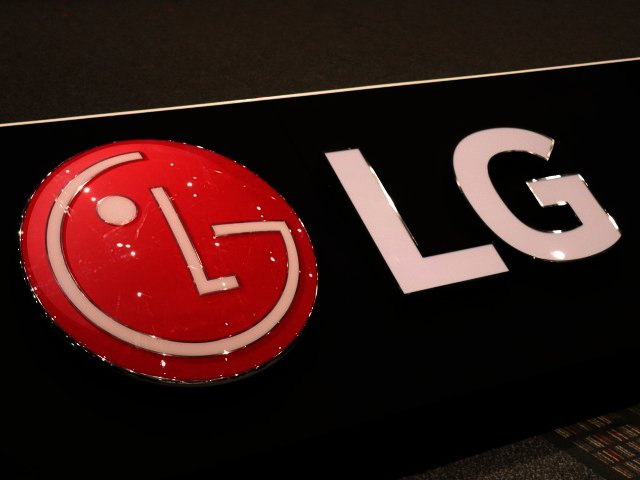By LG Electronics SA Managing Director, CY Kim
When cities first came into being, they were either near natural resources, or transport routes, or in an area that might have been easy to defend. Naturally, they evolved over time as infrastructure became necessary to support inhabitants and as populations started to grow.
In the early 1900s, governments began to plan cities and now, more than 100 years later, architects, town planners and designers are working together to ensure that new cities utilise high-tech materials, sensor networks, energy efficiencies, data integration, clean transport, environmentally sound buildings and aesthetically pleasing designs.
What’s the rush?
The rapidly growing global population and incredibly high levels of economic development has created more consumers than ever before with commensurate increases in demand for energy, food and infrastructure.
There are about 7.4-billion people on our planet, which is four times the number of people in 1900. As the population grows, resources, including water, will become scarce and there will be a mass migration to urban areas.
If city and town planners aren’t prepared, and if current cities aren’t able to adapt, slum-like conditions could occur, especially if cities are already suffering from poor infrastructure. The creation of smarter, eco-friendly communities, which are designed with sustainability in mind, can reduce the ecological impact that a rising population and climate change will have.
When you consider the above, it becomes plainly obvious that the rush to create future cities is justified. Development of such smart cities must begin urgently as they will become critically necessary in the not-too-distant future.
While there are several examples of cities that are adapting in various ways such as providing charging points for electric vehicles and utilising solar power for city lights, there is only one city in the pipeline that seeks to be completely revolutionary in the way it incorporates its vision for the future.
The Public Investment Fund of Saudi Arabia and international investors are committing $500-billion to the development of Neom, a city that will function independently from existing government frameworks with its own taxes, judicial system and labour laws.
Neom will be located in the northwest corner of the Saudi Arabian kingdom and includes land within the Egyptian and Jordanian borders. It will follow an earth-friendly, post-oilsystem with robots performing functions such as security, and it will run on wind and solar power.
The Internet of Things (IoT) enabled devices will be ubiquitous in Neom where there will be all-green transport systems, advanced manufacturing, passenger drones, self-learning traffic systems, solar-powered urban farms and the buildings will have fresh, clean air.
IoT and the smart city
As humanity pushes to develop better living spaces and thedemands that future homes and cities requires increases, LG has developed several technologically-advanced solutions to meet these needs.
Last year, LG launched the ThinQ brand to identify home appliances, consumer electronics and services that use artificial intelligence (AI). LG ThinQ products and services will have the ability to employ deep learning and communicate with one another to make consumers’ lives easier and energy efficient by using AI technologies from other partners as well as LG’s own AI technology, DeepThinQ.
In 2017, LG began including WiFi in its entire line of premium appliances and also opened an AI Lab in Seoul to tie together its AI research in technologies that recognise and learn from voice, video and sensors.
LG’s AI Lab contributed to the development of the world’s first space-learning air conditioner as well as intelligent refrigerators, washing machines and robot vacuum cleaners.Ultimately, ThinQ enables deep learning technology and connectivity across household products, delivering even greater capabilities and convenience.
The introduction of connected heating, ventilation and air conditioning (HVAC), products is part of LG’s “Open partnership, open platform, open connectivity,” strategy and represents an important step in creating a smart home ecosystem with connected products for every room.
Futuristic cities will be developed from the inside out with efficiencies and connectivity across the board. LG is ready to support the evolution of mankind and the spaces we inhabit.





